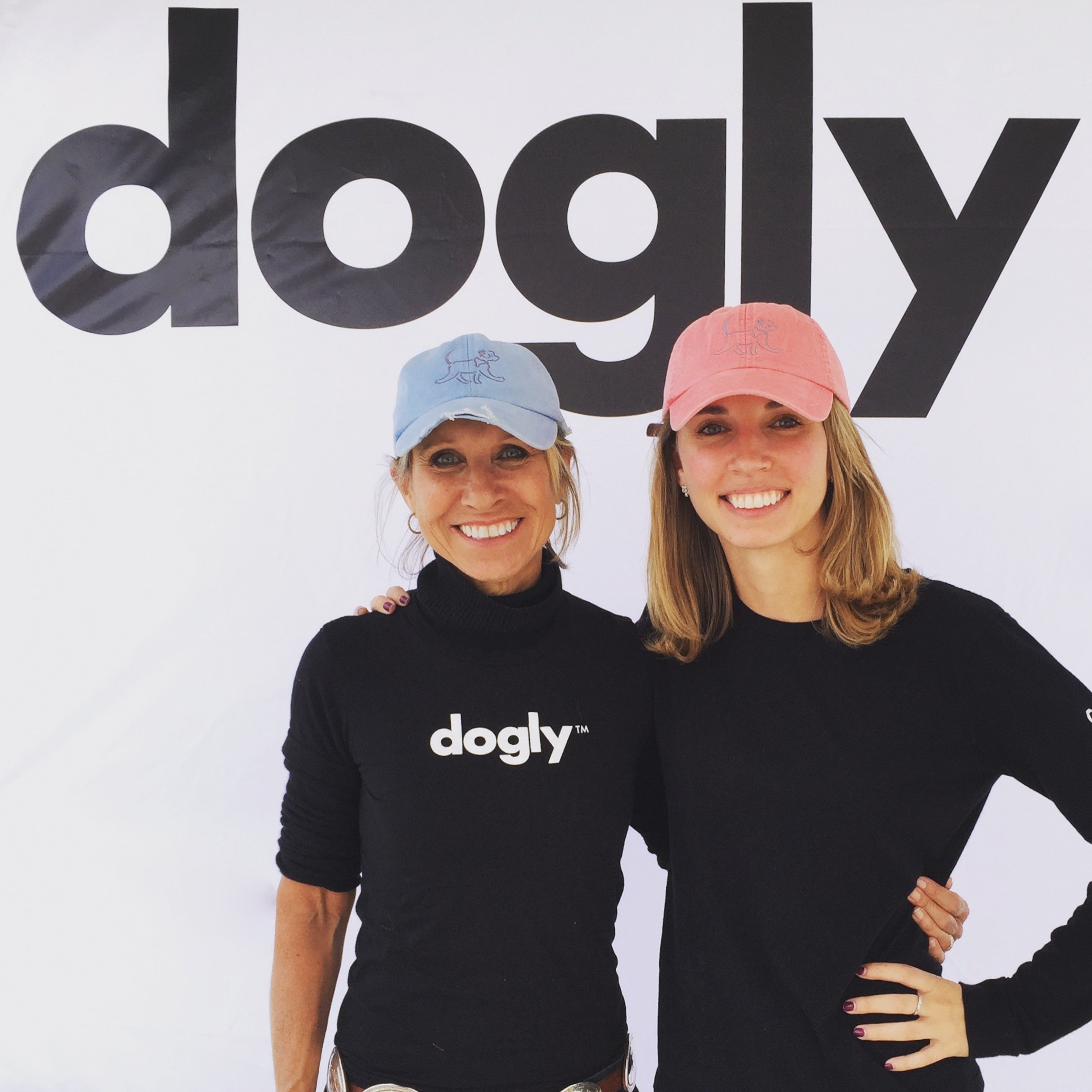Does your dog bark excessively in ecstatic anticipation of something he or she thinks is just about to happen?
Maybe your dog barks at the sight of the leash or when you're about to open the door for a walk. Maybe it's arriving at a favorite park or seeing his/her dinner being prepared.
It could be anything your dog enthusiastically enjoys, and initially it can be sort of charming but when it develops into a pattern of excessive dog barking, it quickly becomes less desirable behavior. It's particularly problematic if you're trying to drive or there are other dogs around who could become stressed by your high-energy barking dog.
Your Dog's Plan
Stop! Don't read this long article. Instead, get everything you need to know, including all advice on Excitement Barking, in a customizable step-by-step plan for your dog created by our community of certified trainers and nutritionists.
So how do you teach your dog to stop barking?
Especially when the joyous thing your dog wants was about to happen anyway but you don't want to reinforce your dog's barking by rewarding it?
You'll get the answers you need to keep the joy in your dog's life and stop the excitement barking at the same time in this guide with step-by-step activities and pro tips from certified professional dog trainer and Dogly Advocate Tressa Fessenden-McKenzie.
Here is a quick overview of Tressa's guide to understanding and alleviating your dog's excitement barking...
Excitement Barking Guide: What's Behind Your Dog's Barking & How to Stop It
Tressa explains why this common, compulsive barking behavior is also often unintentionally reinforced by all of us. It happens pretty naturally as we go about enjoying life with our dogs.
Excitement Barking
Interested in Excitement Barking? Follow topics you're interested in to customize your dog’s step-by-step plan so it's most helpful and tailored to your dog when you're ready to get started.
Why? Because dogs do what works for them.
And since the excitement barking is triggered by seeing signs that something great is about to happen, and then the thing happens - as it was always planned to, your dog concludes that all that woohoo barking made it happen. It worked!
Your dog's barking was reinforced with the reward of the exciting thing (in your dog's mind), so you can be pretty sure you'll be seeing and hearing more excitement barking in your future.
What you'll learn in this guide to break the pattern of excitement barking:
- How to do what you planned to do but stop your dog's barking
- How to preempt dogs barking in anticipation in other situations - during meal prep, walking to a playmate's house, etc.
- Why to heavily reinforce your alternative behavior in all situations when your dog barks excessively with excitement
- 3 ways to teach your dog to stop barking that can apply generally to anticipatory barking, with heading out the door for a walk as an example:
1) Limit the cues your dog picks up that indicate a beloved activity is about to happen.
For example, keep your walk gear out of sight until you're absolutely ready to go. Then don't make a big deal out of putting on the harness, leash, etc.
2) Channel the energy behind the excitement into an alternate behavior to shift your dog's focus and break up the chain of events before you head out the door.
If your dog starts barking, try another cue like "go get your ball" or another behavior like "touch" so your dog stops barking, stays quiet, and focuses on that behavior. Then you can leave for the walk. Your goal is to break the connection of the initial excitement barking with going out for the walk.
3) Try rewarding calm behavior with treats or praise when your dog is not barking before the walk.
You're rewarding the absence of barking and your dog's ability to maintain quiet behavior. This can be combined with #1 to reward your dog for staying quiet as you put on the harness and leash.
Barking
Need more advice? Browse all guides in the Barking Channel on topics like Understanding Barking, Fear Barking, Demand Barking, Alert Barking, and Excitement Barking - created by our community of certified experts for you and your dog.
You'll also learn...
How to stop excitement barking when it happens in your car
Using this 3-step training exercise (you'll need someone else to drive):
1) Next time you're driving to a favorite park destination, have plenty of high-value treats on hand.
2) As you approach the park, BEFORE your dog begins to bark, begin marking and reinforcing for your alternative behavior. At first, you'll need to be FAST.
3) When you park the car, continue to mark and treat as your partner (the person driving) lets your dog out. Keep the treats coming until your dog sets all four paws at the destination so there's no chance of a bark sneaking in.
To get started on all the specifics of what to know and what to do when dogs bark excessively with excitement, dive into the full guide here.
Check out the Barking Channel on Dogly
Once you and your dog are on top of your pup's excitement barking, check out the rest of the Barking Channel if you haven't already. You'll find guides dedicated to other barking problem solutions that may apply to your dog from alert barking to demand barking to fear barking, all from force-free, certified trainers and Dogly Advocates here to help you and your dog.
For any questions about your dog's barking, just ask in the discussion here in the Barking Channel.
Or if you ever need more personalized dog training guidance, please reach out!

